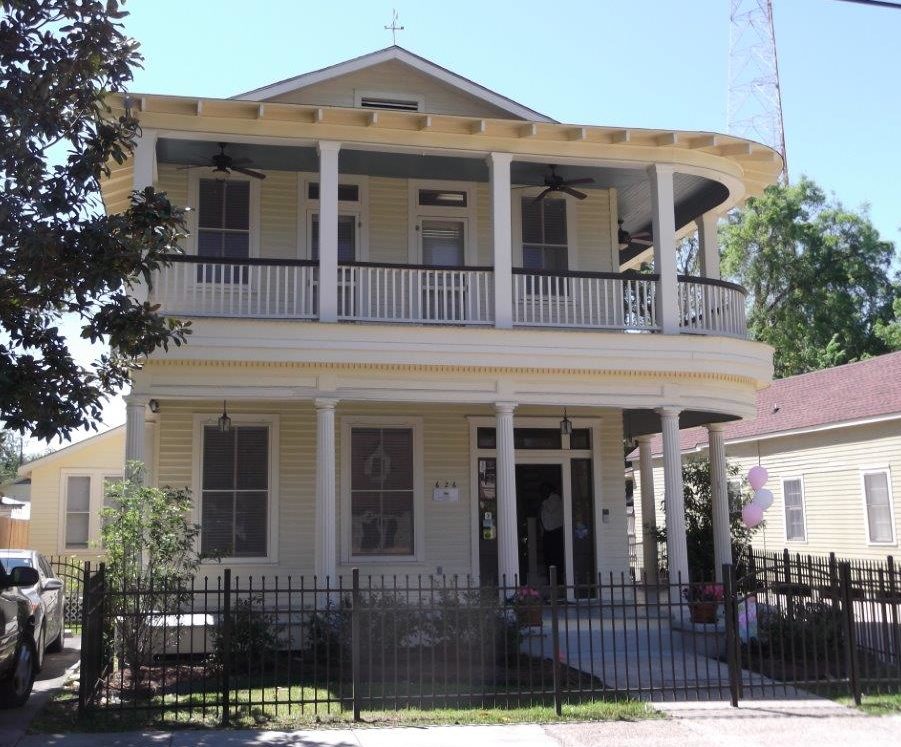Hope is Here
Our Mission
Our Vision
Our History









As the sole agency providing immediate interventions for children exposed to traumatic events in the Capital Region, BRCAC serves the community’s most vulnerable children. The Center, a restored Victorian home, serves as a safe, home-like atmosphere for traumatized children and their families to visit for all their recovery needs in the aftermath of traumatic events. And at the same time, the BRCAC serves as the location for professionals in the fields of law enforcement, child protective services, physical and mental health, education, prosecution and criminal justice to connect with children and their families. They may connect at the Center whether it’s for the purpose of fact-finding, coordinating the prosecution of crimes or to link families with additional services. We have positioned ourselves as a community leader when it comes to responding to youth impacted by trauma including active crises situations when youthful citizens are involved.

